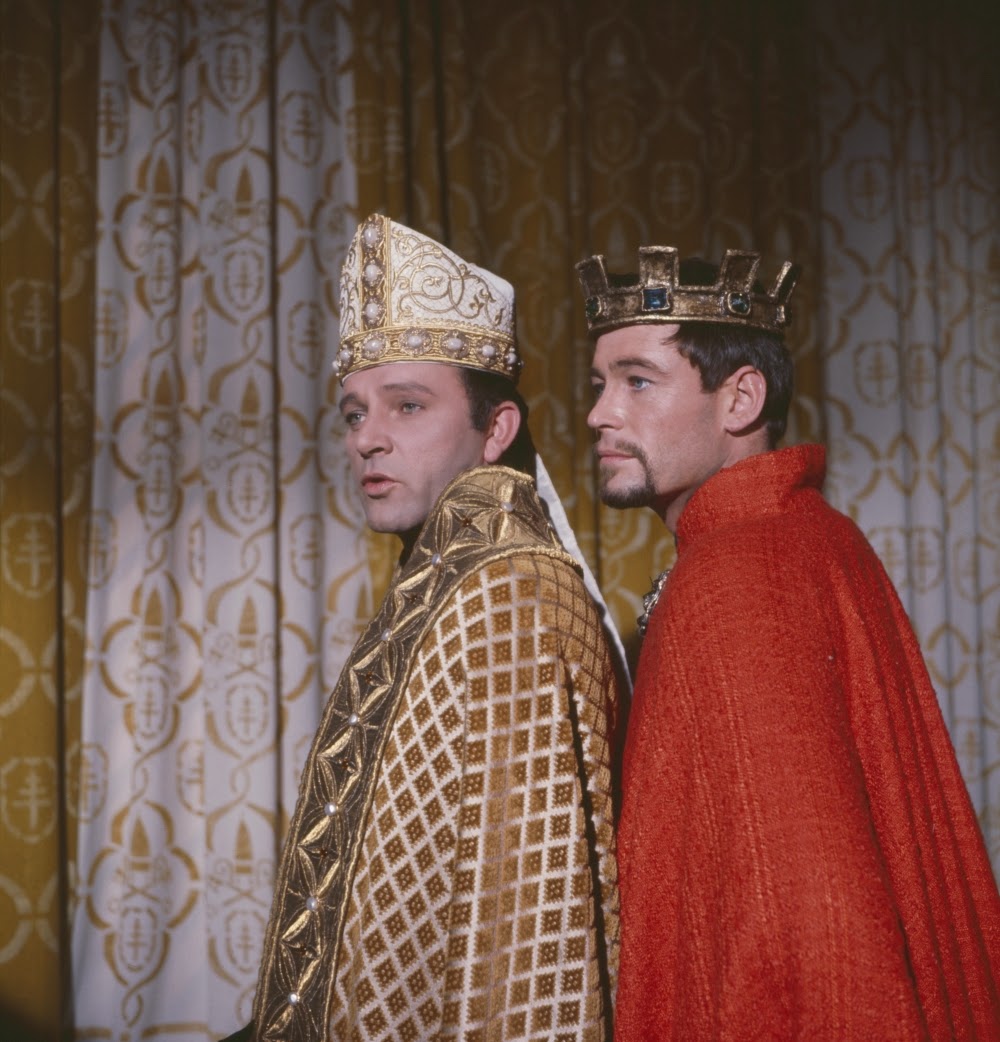Each day, the Studio receives a significant number of e-mail enquiries about vestments and related matters. It is not possible for these messages to receive immediate attention.
In this age, we are accustomed to instantaneous responses to e-mails, tweets, Facebook posts etc. Perhaps unsurprisingly, this ethos is not entirely embraced by
The Saint Bede Studio.
We try to answer messages within 7 - 10 days.
If you do not receive a reply, then either your message
has not been received or else gives the impression of being a "hoax" enquiry and is deleted.
It would be most helpful if, when contacting us, you could indicate your Parish / Diocese and whether you are a Catholic priest or seminarian. The work of the Studio is confined to customers who are in full communion with the See of Peter. Messages which gives no details of the name of the sender are, generally, not responded to.
Because of the large number of commissions which the Studio has received in the last six months and is trying to manage, it is not anticipated that work on any new enquiries could be commenced before August 2017.
Your Christian patience is greatly appreciated.

















